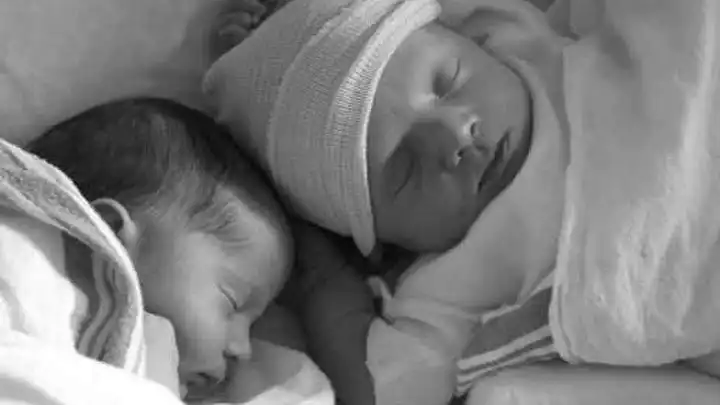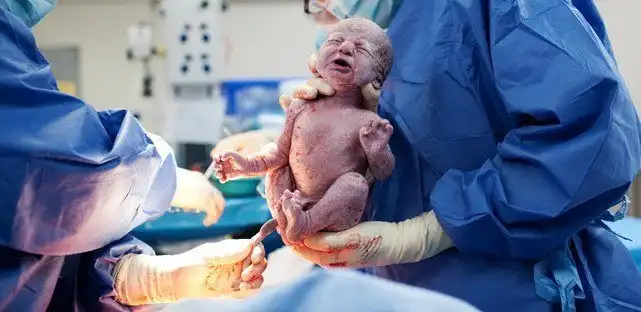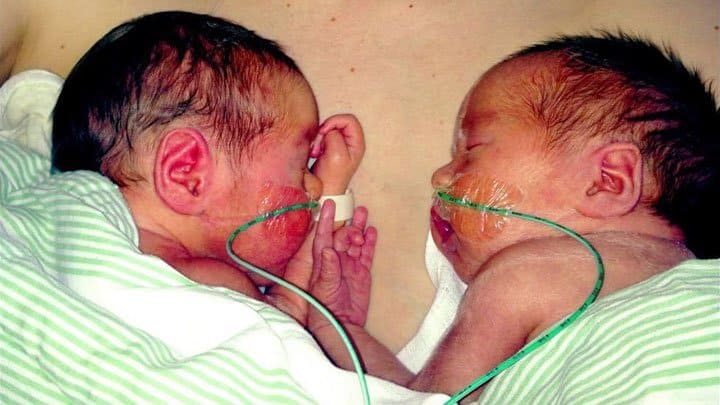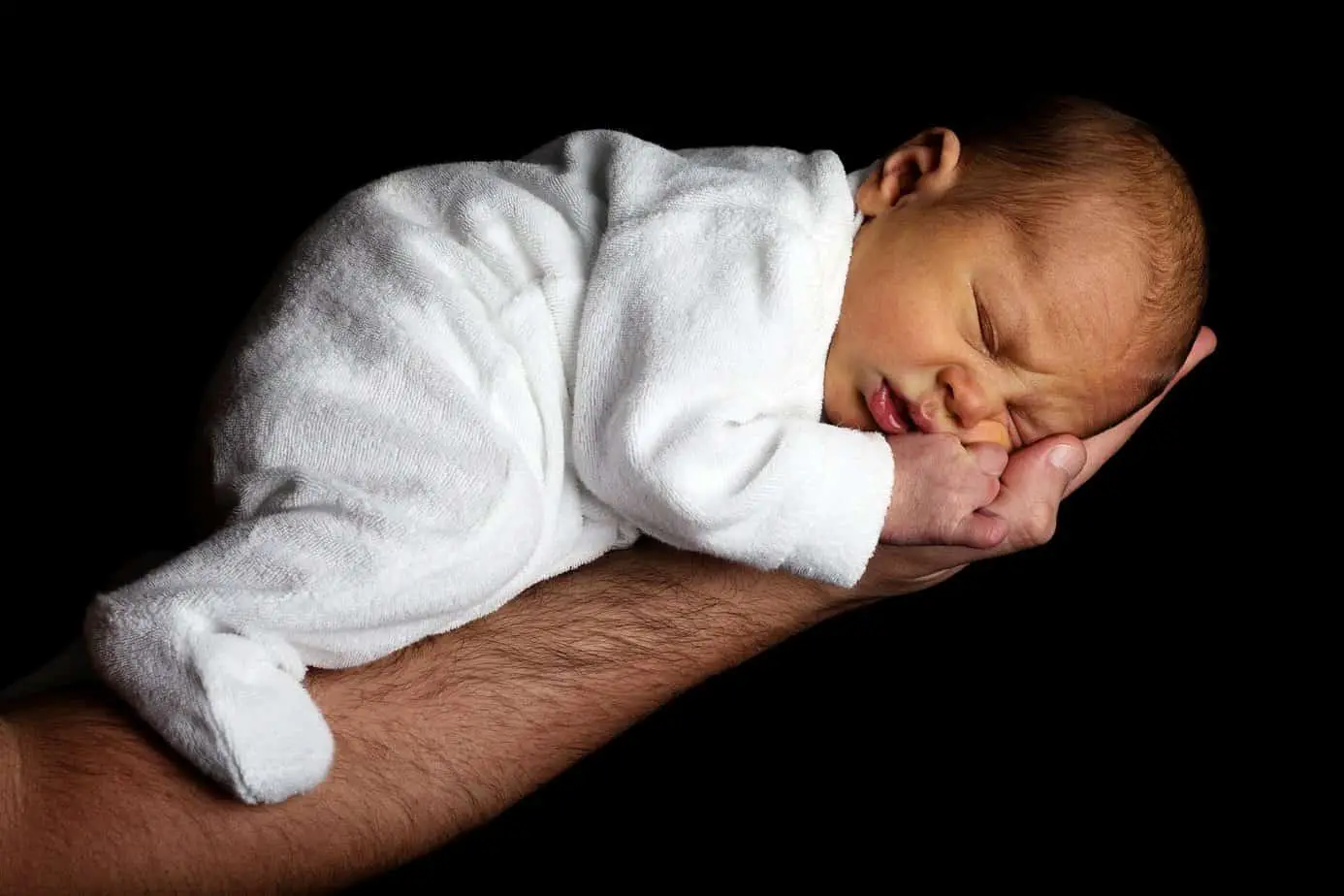Twins With Different Fathers: Can Twins Have Two Different Fathers?
Having twins with different fathers is possible but extremely rare. There are different ways a twin pregnancy with two different fathers could happen. One way is called heteropaternal superfecundation. Twins stemming from this type of pregnancy would be fraternal twins. The other way is by having semi-identical twins. Twins from this type of pregnancy stem from the same egg fertilized by two different sperm cells.
Fraternal twins with different fathers
Heteropaternal superfecundation can occur if a woman releases two eggs in one ovulation period and they are fertilized by sperm from two different men. It can also happen if she ovulates twice within a short period of time.
Fraternal twins with different fathers – statistics
There are less than 10 known cases of twins with different fathers in the world. Experts believe that there are more cases of heteropaternal superfecundation than what’s known. Some families are not aware of the fact that there are twins with different fathers in their family and some choose not to act upon their suspicion. The phenomenon has also become more common with the spread of assistive reproductive technologies, said Jennifer Wu, an obstetrician-gynecologist at Lenox Hill Hospital in Manhattan, to the New York Times. This is because men in gay couples sometimes both contribute sperm to a pregnancy. Twins with different fathers share approximately 25 percent of DNA. Genetically, they are half-siblings.
Recent cases of fraternal twins with different fathers
- A Vietnamese family discovered in 2016 that their fraternal twins are twins with different fathers. This was reported by BBC News in March 2016. The twins had gone through a DNA-test, as relatives pointed out that the 2-year old twins looked remarkably different, and that one of them looked like neither of the parents. A DNA-test ruled out a possible hospital mix-up as both the children were offspring of their mother.
- One case of heteropaternal superfecundation in the U.S. was detected through paternity testing for child support. This occurred in 2015 in New Jersey. An alleged father was being sued for child support. He had to go through a paternity test. The test established that he was the father of one twin and not the other. The court ruled that he only had to pay child support for the child he had fathered.
- The Maury Show have had two different twin moms come on who’ve experienced heteropaternal superfecundation. They got the paternity test results during the shows.
Semi-identical twins with different fathers
Semi-identical twins are called sesquizygotic and develop from the same egg. It can happen when a woman ovulates and releases one egg. That egg is entered by two sperm cells from two different men. The egg is fertilized by both. The fertilized egg now has three sets of chromosomes (as oppose to the usual two) and they split into two separate cell sets. Some of the cells contain the chromosomes from the first sperm while the remaining cells contain chromosomes from the second sperm, resulting in the twins sharing only a proportion rather than 100 percent of the same DNA from the fathers.
How much DNA do semi-identical twins have in common?
The twins can have anywhere from 50 to 100 percent of their DNA in common. They share the same genetic material from their mother and only a proportion of DNA from the fathers.
Semi-identical twins statistics
Semi-identical twins are extremely rare. Only two cases have been reported so far. A set of twins from the U.S. was reported in 2007 and a case of 4-year old boy-girl twins in Australia was reported in 2019. In the last case the twins shared a placenta during pregnancy. They were identical on their mother’s side and shared 78 percent of DNA on their father’s side.














